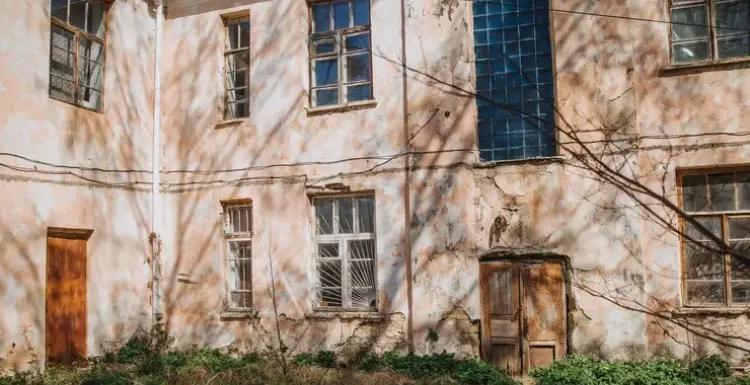
Many homes in the UK are classed as “old”. 78% of houses were built before 1980, with older terraced homes extremely prevalent in towns and cities across the UK. And 38% were built before 1946. While many of these homes are solidly built – arguably more so than modern homes – they do come with a few niggles.
If you’re thinking of purchasing an older property, such as terraced house or Victorian townhouse, it’s important to know what to expect. Here are some of the main issues to watch out for.
Damp and Mould
Damp and mould growth are very common in older properties, particularly in rooms that don’t get much ventilation. Look out for peeling wallpaper, stained walls and window frames and a musty smell. The cause is usually rising damp from a faulty damp proof course, blocked gutters or pipework allowing water to seep into walls. Treating damp requires identifying and fixing the source, then drying out affected walls and applying fungicidal washes.
Faulty Wiring
Rewiring an entire house can be disruptive and expensive, so inspect the electrics carefully before purchasing an old home. Signs of faulty wiring include fuses that blow, circuit breakers tripping, flickering lights and scorch marks around sockets. Building regulations changed in the 1960s, so wiring before this may not be earthed and poses a potential fire hazard. Ask for an electrical safety report and factor rewiring costs into your budget.
Draughty Windows and Doors
Original windows and external doors in period buildings often let in draughts due to warped, poorly fitted or damaged frames. This causes heat loss and discomfort. Replacement modern double-glazed units will stop draughts and improve energy efficiency. For listed buildings, secondary glazing may be an option to avoid changing original features. Draught proofing strips around windows and doors also help.
Outdated Heating Systems
Older properties often have outdated, inefficient heating systems like open fires and storage heaters. Upgrading to a modern, zoned central heating system will improve warmth and cut energy bills. However, installing new radiators, pipes and a boiler in an old house can mean extensive redecoration. If the existing system works, upgrading may not recoup costs when selling. Get quotes before deciding.
Roof Damage
Inspect the roof carefully when viewing an old home, looking for sagging, warped tiles or slates, cracked cement around chimneys and loose or missing flashings around joins. Roof leaks can cause thousands of pounds of damage if left untreated. Depending on the repair needed, a full roof replacement may be required, which can easily cost over £10,000.
Have a Home Buyers Survey
A building survey is essential when you buy an older property. For homes in good condition, an RICS Home Survey Level 2 will likely be sufficient, but make sure it is carried out by an RICS surveying firm, such as this house surveyor in Norwich. If the property is listed or built from non-standard materials, a Level 3 home survey might be more suitable.
Owning a period property can be highly rewarding if you are prepared to take on some renovation work, but seek professional advice. With a little care and attention, even the most dilapidated older home can become a comfortable and characterful place to live.
